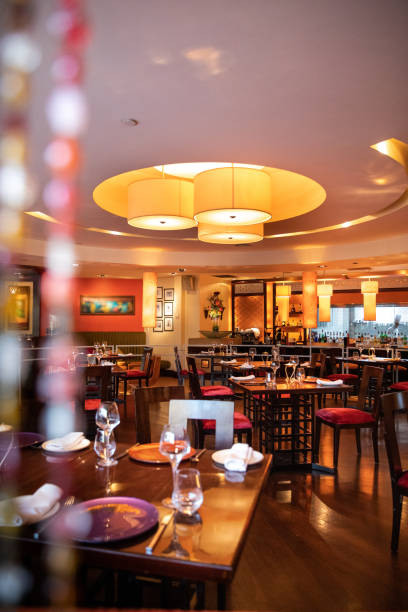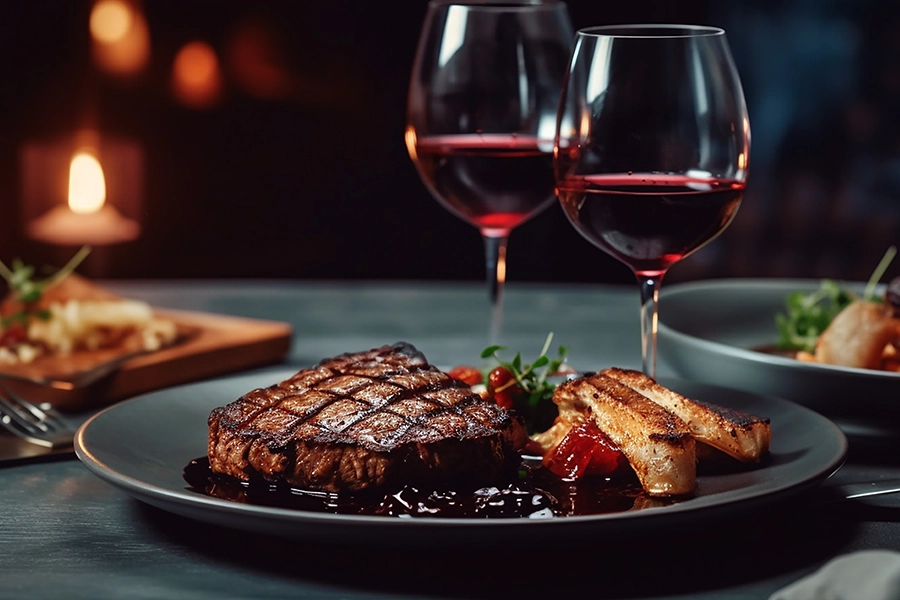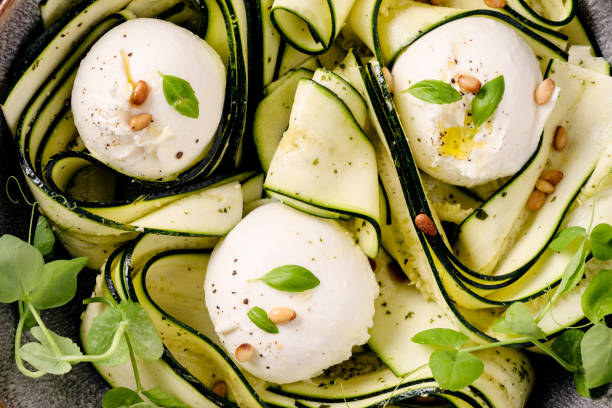Middle Eastern Restaurant
Middle Eastern cuisine is rich, diverse, and full of flavor. The restaurants where their food is served are vibrant and full of entertainment and warm hospitality. This culture comes from somewhere. It’s no coincidence that Middle Eastern cuisine and restaurants all over the globe share many similarities in terms of their food and atmospheres. This is due to the rich history and traditions of Middle Eastern countries.
Although Middle Eastern cuisines may vary from one country to another, many common ingredients and techniques are shared. Their restaurants share the same qualities of vibrance and hospitality. We’ll discuss the rich history of Middle Eastern Cuisine and why it is so important.
Why is it important to pay attention to Middle Eastern cuisine’s origins
Learning the history of Middle Eastern cuisine is essential to honour the people and countries that have contributed. It may not seem important or necessary, but it can bring many benefits, such as:
Greater appreciation of the food you eat
Understanding the ingredients that go into your food is critical.
Ability to prepare Middle Eastern cuisines or use Middle Eastern elements in your home cooking
better etiquette at Middle Eastern restaurants.
Grains
No matter where you are from, most Middle Eastern cuisine has always included grains as a main ingredient. Many popular Middle Eastern dishes include wheat, barley, rice, and freekeh, a grain made from unmatured green wheat. Wheat is used to making pita bread and lavish. The Middle East’s grain supply was crucial in preventing food riots. In many countries, bread made from wheat and softened in olive oil provided food for the people.
Spices/Flavourings
Because some spices could only have reached these regions via trade, excavations in the Middle East revealed that work was driven thousands of years ago by kicks. Unsurprisingly, herbs play an important role in Middle Eastern cuisine. Many dishes are named after Middle East spices. Zaatar is a popular Middle East spice that has existed since medieval times. Sumac (crushed sour berries), dried cinnamon, cumin, and cloves are other common spices in the Middle East.
Meat
You’d be surprised at the absence of pork in Middle Eastern restaurants and eateries. Because Islam and Judaism are two of the most common religions in the Middle East, pork is prohibited, and lamb has been the preferred meat. This is why this meat is rarely eaten in the Middle East.
Meats are often grilled or ground in some way and then mixed with spices (e.g., lamb kofta). Kebabs can be eaten on the street or at a restaurant. They are not made in the Middle East domestic kitchens. Kibbeh is another way to eat meat. It can be stuffed either with chicken, lamb, or camel meat. Kibbeh can also be prepared raw by pounding the heart with burghul, seasoning, and a savor (kibbeh niyyah).
Vegetables
Fruits and vegetables in the Middle East are only eaten during the season. The Middle East’s cuisine revolved around local produce, including chickpeas and fava beans, parsley, root and bulb veggies, and eggplant. Many vegetable-oriented dishes have been created because of this. Many Middle Eastern dishes include beans and pulses. Fava beans can be used in traditional falafel, foul mamas, and green or dried means. Chickpeas can be eaten over rice, with soups, or in hummus.
Common dishes
Many Middle East dishes revolve around the tradition of mezza. Many words can be shared and are not intended to be served as a meal. They will often complement one another and can be eaten together. This is evident in hummus, tabbouleh, pickles, and mutable.
We hope this article has shed some light on the rich history of Middle Eastern cuisine. Zahli, a Modern Middle Eastern Restaurant, can provide authentic Middle-Eastern cuisine if this article inspires you.




Post Comment